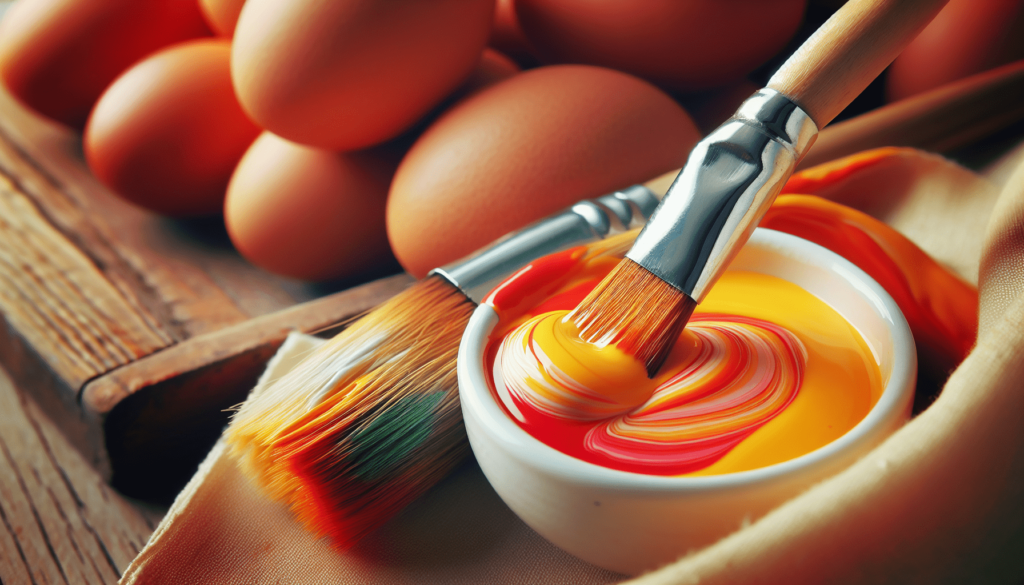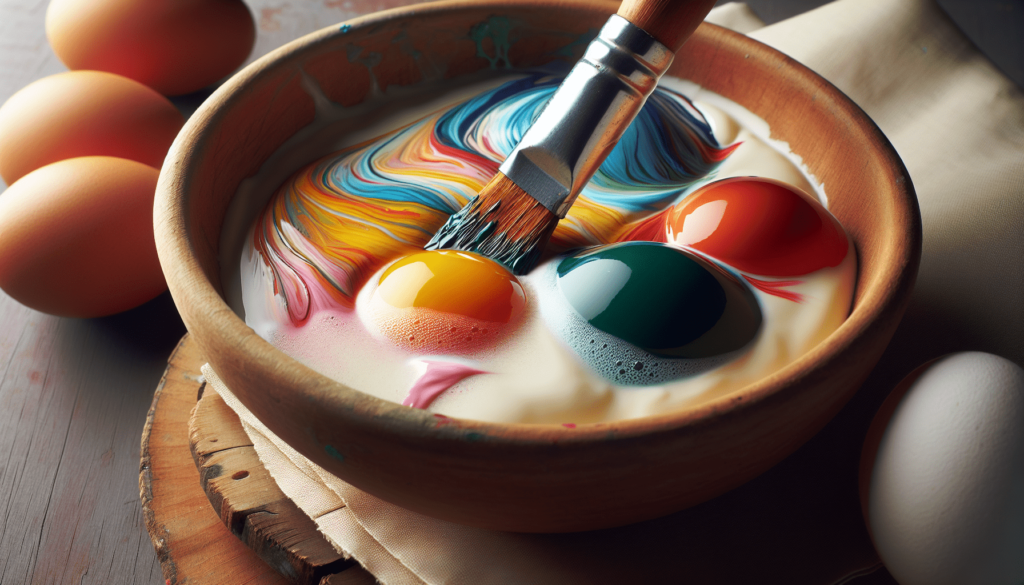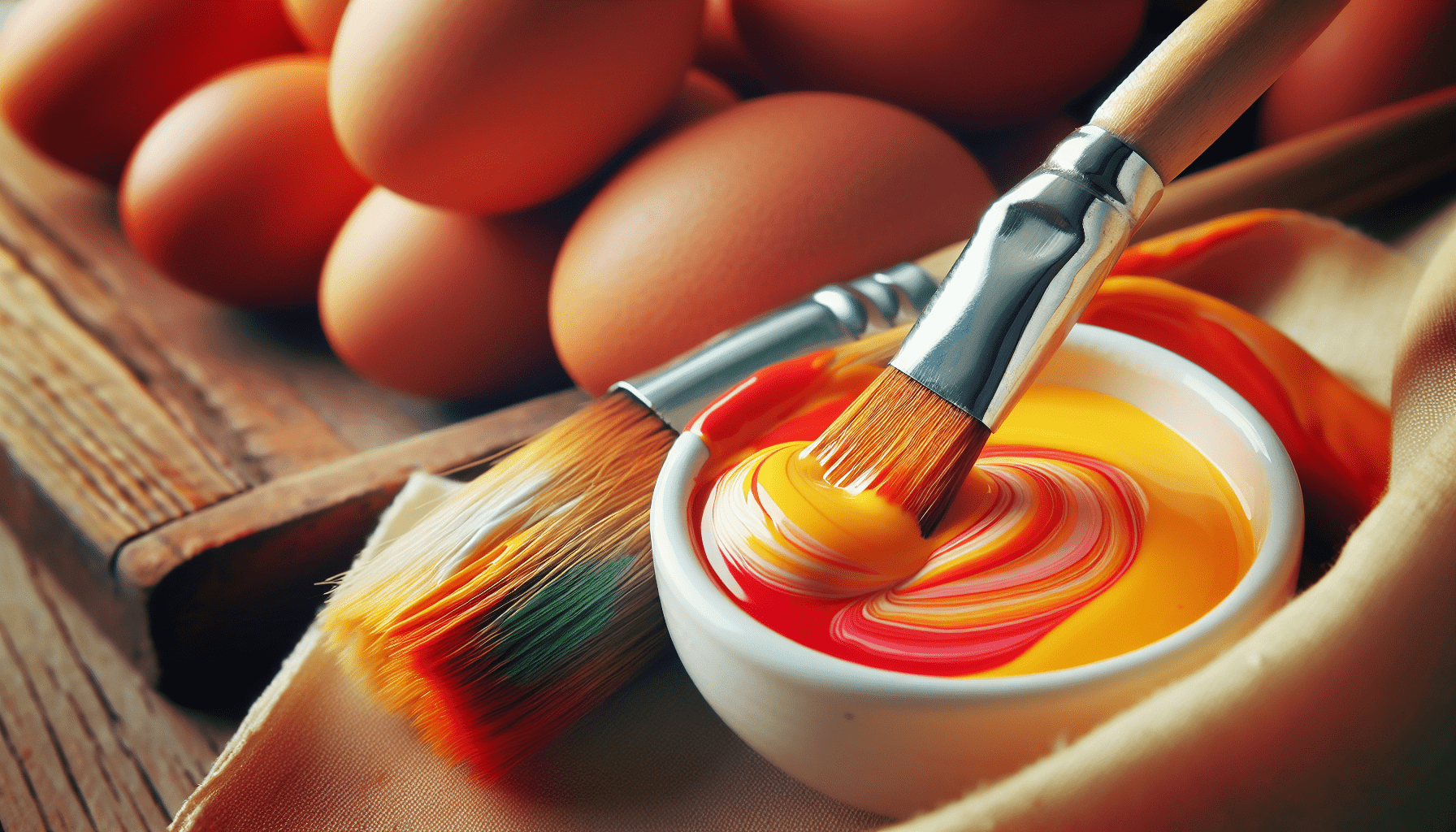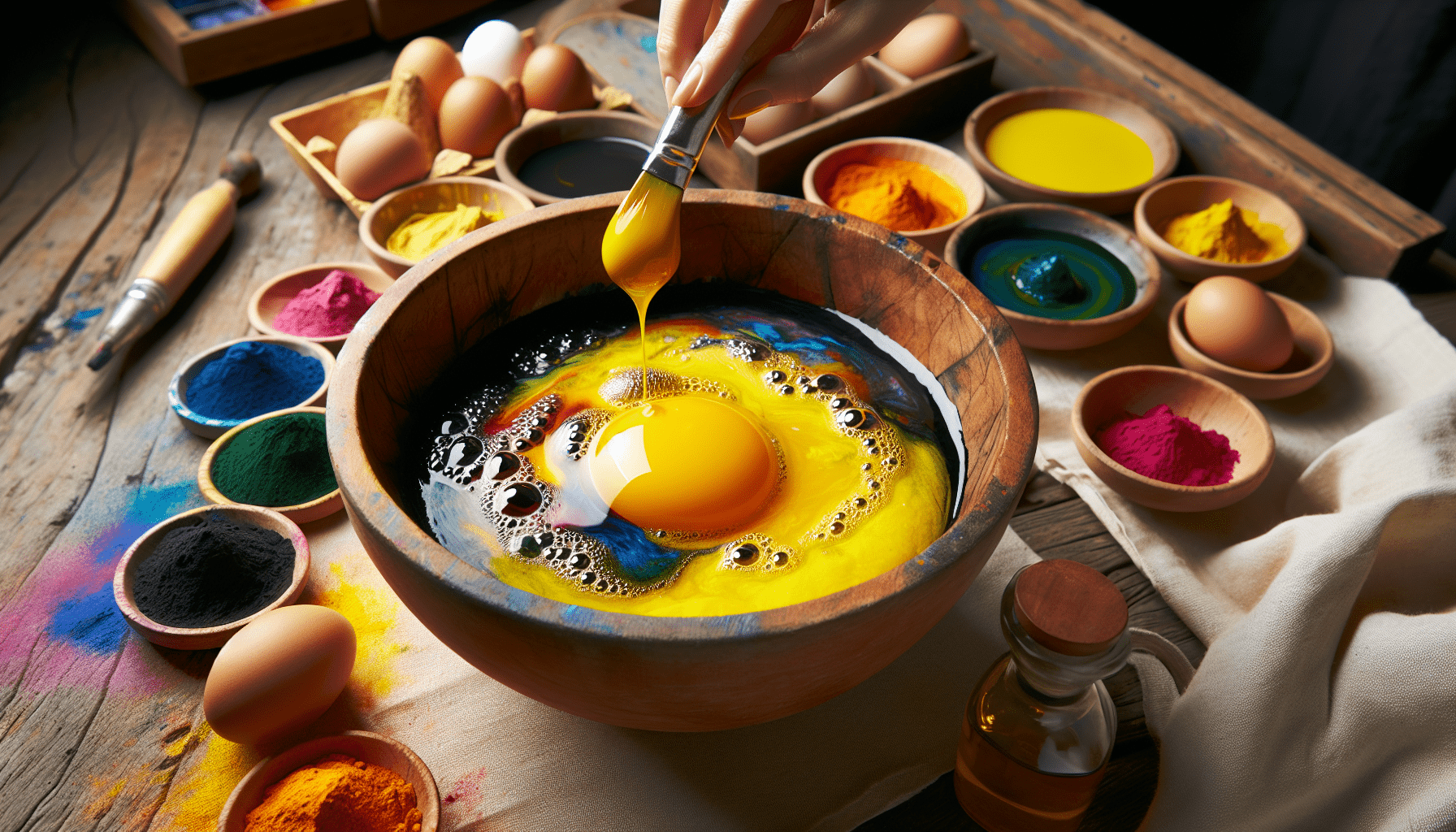In the world of art supplies, understanding the ingredients of different types of paint is crucial for creating quality work. When it comes to tempera paint, many wonder if eggs are actually used in the formula. It is a common misconception that tempera paint strictly consists of egg-based ingredients, but the truth is that not all tempera paints contain eggs. In this article, we will explore the traditional origins of tempera paint and clarify the role of eggs in its composition to provide a better understanding of this beloved medium.
Does Tempera Paint Have Eggs
Have you ever wondered what ingredients go into tempera paint? Specifically, does tempera paint have eggs in it? Let’s delve into the world of tempera paint and uncover the truth behind its composition.
The History of Tempera Paint
Tempera paint has been used for centuries by artists all around the world. Dating back to ancient Egypt and Greece, tempera paint was a popular medium for painting on various surfaces, such as wood, paper, and even frescoes. This historical paint has stood the test of time, evolving over the years to be more versatile and user-friendly.
What is Tempera Paint Made Of?
Traditionally, tempera paint is made by mixing pigment with a binder, such as egg yolk or egg white. The egg acts as a natural emulsifier, binding the pigment particles together and creating a smooth consistency that adheres well to surfaces. This unique combination of ingredients gives tempera paint its distinctive qualities, such as quick drying time and vibrant colors.
Egg Yolk in Tempera Paint
Egg yolk is a common ingredient in traditional tempera paint. It contains lecithin, a natural emulsifier that helps bind the pigment particles together. This results in a durable and long-lasting paint that can withstand the test of time. Egg yolk also provides a rich, creamy texture to the paint, making it easy to work with and layer on surfaces.
Egg White in Tempera Paint
In some cases, egg white may be used instead of egg yolk in tempera paint. Egg white contains albumin, a protein that helps create a smooth and glossy finish when mixed with pigment. Artists who prefer a lighter and more translucent paint may opt for egg white-based tempera paint. However, egg white can be more challenging to work with, as it dries quickly and may require additional layers for opacity.

Modern Developments in Tempera Paint
While traditional tempera paint is still widely used by artists today, modern developments have led to the creation of alternative formulas that are egg-free. These synthetic tempera paints offer similar characteristics to traditional tempera paint, such as quick drying time and vibrant colors, without the use of eggs.
Synthetic Binders in Egg-Free Tempera Paint
Synthetic binders, such as acrylic emulsions or polyvinyl acetate (PVA), have been developed to replace eggs in tempera paint. These binders work in a similar way to eggs, creating a stable and flexible paint that adheres well to surfaces. Egg-free tempera paint is a popular choice for artists who have allergies to eggs or prefer a vegan-friendly option.
Water-Based Formulas in Modern Tempera Paint
Water-based tempera paint has also become a popular choice for artists looking for a non-toxic and easy-to-clean option. These paints are made with a combination of water, pigment, and a synthetic binder, providing a smooth and creamy consistency that is ideal for various painting techniques. Water-based tempera paint is versatile and can be used on a wide range of surfaces, making it a favorite among artists of all skill levels.
How to Identify Egg in Tempera Paint
If you are unsure whether a particular tempera paint contains egg, there are a few ways to identify this ingredient:
Check the Label
Many manufacturers will clearly list the ingredients used in their tempera paint on the label. Look for keywords such as “egg yolk” or “egg white” to determine if the paint contains eggs.
Smell Test
Egg yolk and egg white have distinctive odors that may be detectable in the paint. If you notice a faint smell of eggs when opening the paint container, it is likely that eggs were used in the formulation.
Consistency and Texture
Paints containing egg yolk will have a rich and creamy texture that is smooth to work with. Egg white-based paints may have a slightly glossy finish and dry quickly. Pay attention to the consistency and texture of the paint to determine if eggs were used.

Conclusion
In conclusion, tempera paint does often contain eggs, specifically egg yolk or egg white, as a binder. These natural ingredients provide unique properties to the paint, making it a popular choice among artists for centuries. However, modern developments have led to the creation of egg-free tempera paints that offer similar characteristics without the use of eggs. Whether you prefer traditional tempera paint or a more modern alternative, there are plenty of options available to suit your artistic needs.



